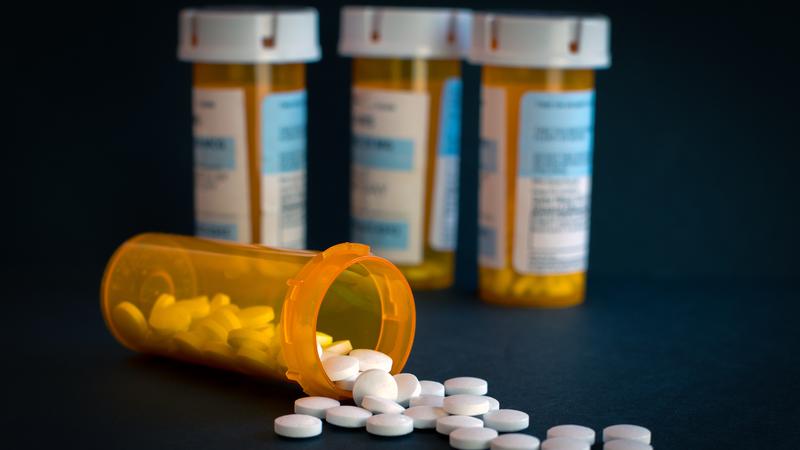
Medical health officer addresses concerns of prescribed alternative program
The top doctor at Interior Health says the benefits outweigh the risks with the expansion of the prescribed alternative program.
The program, formerly known as Prescribed Safer Supply, has been in place for a full year, and a report from the provincial health officer stated it should continue and be expanded with new measures.
Among the recommendations were some that drew the eye of the public, including providing stronger substances, like smokable fentanyl, to which Dr. Carol Fenton, the Medical Health Officer at IH, said may be required to meet the needs of certain individuals.
“The advantage of fentanyl is that it is more potent than something like hydromorphone, so if someone has a really high tolerance from a long-standing history of opioid use, which could be either from recreational use or from medical use, it doesn’t matter why it has been taken, the body can build up a tolerance, and using a more potent medication allows you to get the body up to the levels it needs to,” Fenton told Vernon Matters.




